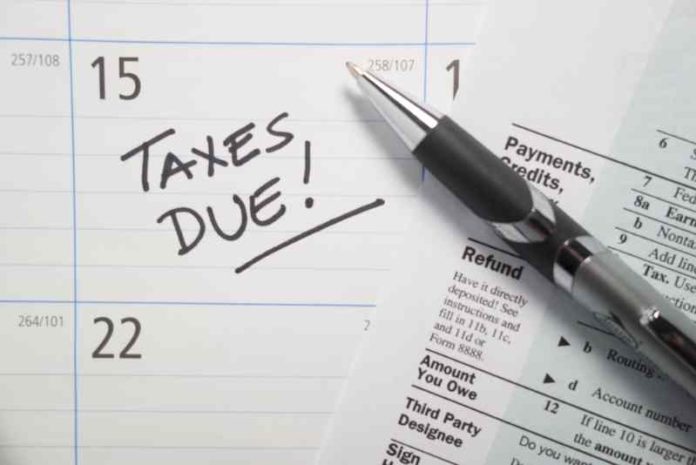By Paul Kassabian
Filing tax returns is no easy feat for an individual, let alone a small business owner, and it’s more difficult than ever with the Tax Cuts & Jobs Act in full effect for the 2018 tax season. While this new tax reform promises to reduce the tax burden for small business owners and entrepreneurs, significant changes have left many small business owners apprehensive about how this will impact their returns.
With many small business owners struggling to understand how the new changes affect their business, it’s no surprise many are preparing their tax returns at the last minute. From figuring out if they qualify for the qualified business income deduction to determining which other tax breaks they are eligible for, business owners have questions. The good news is that there is still time to get answers. Here are some tips to help you prepare your tax return before the approaching deadline.
Hire a Professional to Help Prepare Your Taxes
While there are many e-filing software companies available to assist you, hiring a professional to prepare your taxes can help you avoid making a mistake on your tax forms. Find a professional that’s well-versed in the space and can serve as a useful resource for any questions you may have about the new tax laws. Speaking to a certified public accountant (CPA) or tax attorney also helps you stay up-to-date on any tax law changes, identify credits and deductions, ensure an accurate return, and most importantly, make sure you are paying the right amount of taxes every year.
Determine the Correct Tax Forms Needed for Your Business Structure
If you choose not to hire a professional to file your taxes, the first step is determining the correct tax forms you need for your return, based on the legal structure of your small business. There is no one-size-fits-all tax form as each business structure – from sole proprietors to LLCs to corporations – requires different sets of forms to report income.
For example, sole proprietorships only need to fill out Schedule C of their personal returns (Form 1040) as opposed to corporations who must fill out a separate tax return, the Form 1120. Identifying the correct tax form can help save you time, prevent errors, and reap the full benefits of any deductions your small business may qualify for.
Research Which Deductions Your Business Is Eligible For
With significant changes stemming from the new tax reform, it’s imperative to research the types of deductions and expenses your small business qualifies for. This can range from rent on your business property to the employee benefits you provide, like healthcare. The most significant new tax break for 2018 is the qualified business income deduction that allows qualified businesses to deduct up to 20 percent of their qualified business income. Taxable income must not exceed $315,000 for joint returns in order to be eligible for this tax break. Researching your eligibility for the new tax breaks is a surefire way to get the most out of your tax return.
Compile the Right Documents
Once you have determined the appropriate forms to file and understand the various types of deductions, make sure that you have all the necessary documents at the ready. It’s important to keep track of all tax-related paperwork you have collected throughout the year, so when the time comes to prepare your taxes, you are organized and ready to go.
Keep in mind that while the new tax laws can greatly benefit your business, not all the new rules apply across the board. The implications will depend on your industry, your revenue, and the types of deductions your business is eligible for. Doing your due diligence ahead of filing your tax returns, by taking time to research and prepare all of the right documents, will help alleviate some of the stress of tax season, regardless of if you hire a professional or do it yourself.
Paul Kassabian is the Senior Product Counsel for LegalZoom.
Tax stock photo by Derek Hatfield/Shutterstock







